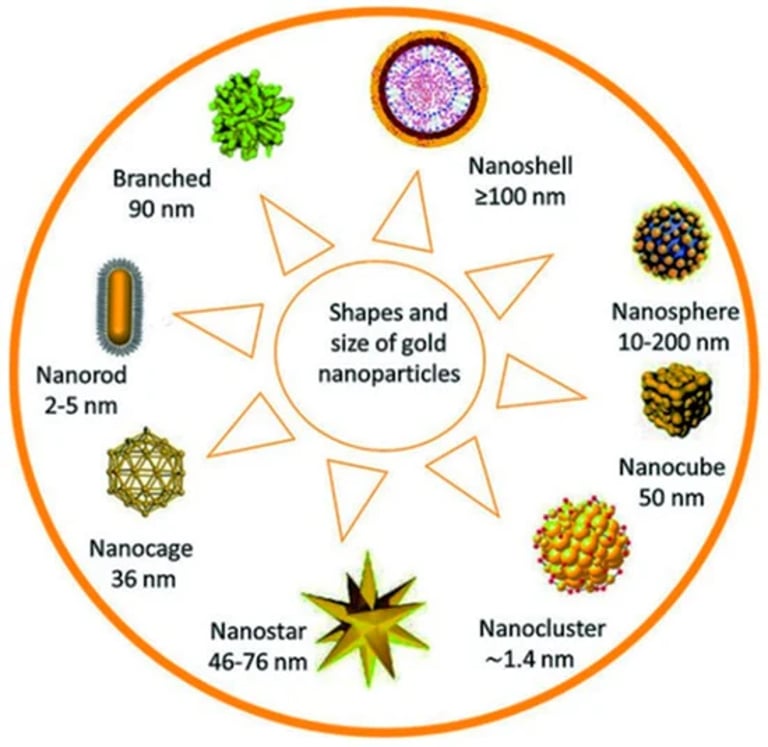Gold Nanoparticles Revolutionize Cancer Treatment: Enhancing Photothermal and Electrochemotherapy Efficiency
September 30, 2024
This study aims to enhance ECT efficacy by employing gold nanoparticles to address the challenges of electric field homogeneity within tumors, which can impact treatment success.
Over the past decade, nanotechnology has been pivotal in developing new therapeutic agents, leveraging the advantageous properties of nanomaterials for targeted drug delivery and reduced toxicity.
AuNPs have been shown to be non-toxic to cells, preserving cell viability while simultaneously enhancing the cytotoxic effects of the chemotherapy drug bleomycin.
Porphyrins, known for their favorable physicochemical properties, are utilized in PDT for their ability to generate singlet oxygen, crucial for effectively targeting cancer cells.
The unique properties of nanoparticles, including their size and shape, enhance their potential applications in imaging, drug delivery, and cancer therapy.
Cancer remains a pressing global health challenge, particularly skin cancer, which sees approximately 20,000 new cases reported annually in South Africa.
Electrochemotherapy (ECT) is a promising cancer treatment that utilizes pulsed electric fields to enhance drug delivery through a process known as electroporation.
Gold nanoparticles (AuNPs) are emerging as leading candidates for photothermal therapy (PTT) in cancer treatment, thanks to their high biocompatibility and ease of surface modification.
PTT offers advantages in hypoxic conditions where PDT may falter, as it does not rely on oxygen availability for its effectiveness.
The presence of AuNPs not only lowers the permeabilization thresholds but also affects pore resealing, facilitating irreversible electroporation at reduced electric fields.
Research indicates that metal nanoparticles encapsulated in porphyrin derivatives significantly enhance the efficacy of both PTT and photodynamic therapy (PDT).
Microsecond electric pulses ranging from 0.6 to 1.5 kV/cm have proven effective for ECT, and the introduction of AuNPs enables successful treatment at previously sub-threshold electric fields.
Summary based on 2 sources